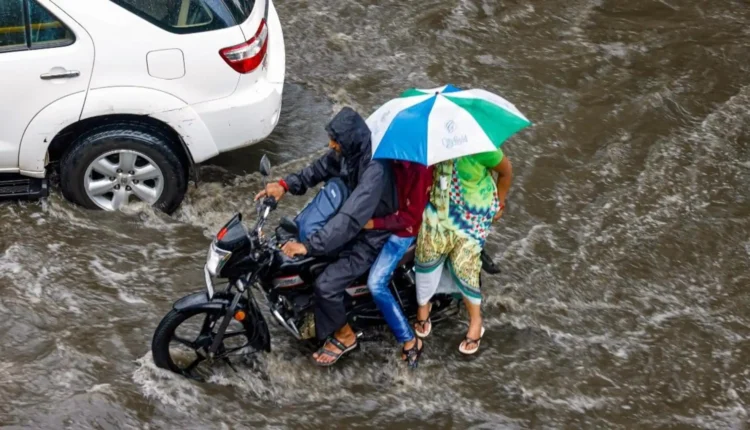The India Meteorological Department (IMD) has advised fishermen not to venture into the sea between September 7 and 10, citing rough weather conditions.
According to details shared by the State Emergency Operations Centre, the Sardar Sarovar Dam is currently at 91.26% of its capacity, storing 3,09,048 mcft of water.
Of the 206 reservoirs across the state, 123 are on high alert, 20 are on alert, and 14 are on warning levels. Overall, the reservoirs hold 46,7920 mcft of water, which is about 83.87% of total storage capacity.
Heavy rainfall across Gujarat in the past 24 hours has led to widespread showers. Since June 1, nearly 5,598 people have been shifted to safer locations, while 1,045 individuals have been rescued.
Currently, 12 NDRF teams and 22 SDRF teams are deployed across different districts for relief and rescue operations. The 2025 monsoon in Gujarat has been marked by early surges, uneven distribution, and strong revival phases.
June was the wettest in a decade, with the state receiving nearly one-third of its seasonal quota in just 20 days, led by heavy showers in South Gujarat and parts of Saurashtra. By mid-July, rainfall had reached about 51–54% of the seasonal average, though disparities were evident – Kutch received close to 60% of its quota while North Gujarat lagged at under 50%.
By August, Gujarat had crossed 64% of its average, with districts like Devbhoomi Dwarka recording extraordinary surpluses of more than 2,000 mm (135% above normal), while Saurashtra’s Gir Somnath and Amreli remained deficit-prone with 20–59% less rain. Entering September, the state had covered nearly 90% of its target, with South Gujarat crossing 94% and forecasts predicting above-normal rainfall at 109% of the Long Period Average for the month.
The season has been a mix of extremes – flood-like situations in some regions and rain shortfalls in others – posing both opportunities for water storage and challenges for agriculture and dam management.



